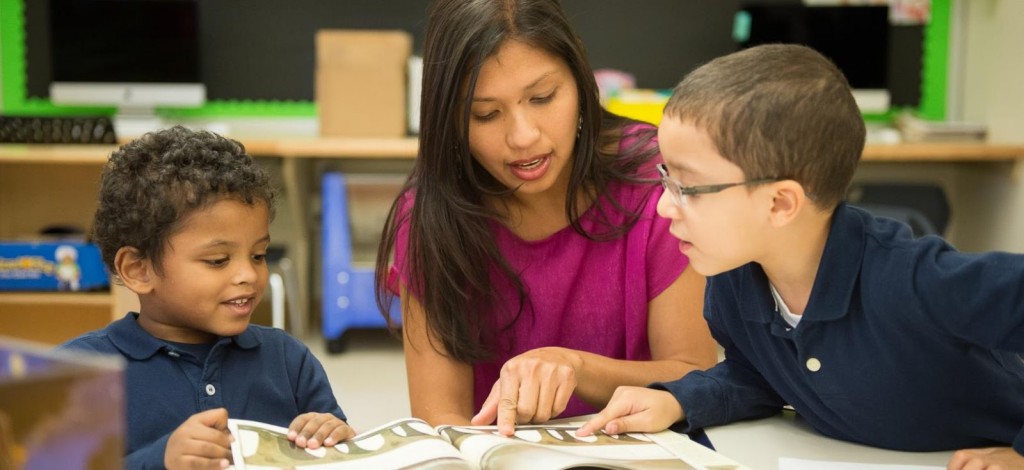Addressing Implicit Biases
 By Sarah Riley, Education Pioneer Fellow and Catherine Good, Ph.D., Senior Research Scientist
By Sarah Riley, Education Pioneer Fellow and Catherine Good, Ph.D., Senior Research Scientist
Last week we introduced you to the concept of implicit bias, namely the attitudes we have towards people or stereotypes we associate with them, without our conscious knowledge. These unconscious thoughts and feelings can influence our behavior everywhere, including in the classroom.
Whereas our previous post defined implicit biases, our goal this week is to share specific strategies to address implicit biases, in order to prevent them from interfering with what goes on in the classroom. Implicit biases operate very much like habits. And just as breaking bad habits requires several deliberate steps, reducing implicit biases does too.
Become aware of your biases
A useful tool for understanding where you may be prone to erroneous judgments based on implicit bias is the Implicit Association Test (IAT), an online test administered by Project Implicit at Harvard University. The IAT measures implicit bias by asking you to rapidly associate a group (e.g., males or females) with an attribute (e.g., strong or patient). The speed at which you accurately make associations that are aligned with commonly held stereotypes (e.g., boys are good at math), coupled with the errors you make when asked to identify counter-stereotypic associations (e.g., girls are good at math), is used to identify your implicit biases. Once you’ve identified your biases, you can begin to mitigate their influence.
Understand the consequences
Implicit biases often result in forms of discrimination or inequitable treatment. For example, consider two students, both of whom have difficulty regulating their emotional responses to daily stressors. One student, however, is black and the other is white. Due to implicit bias, teachers may be more likely to attribute the black student’s behavior to an underlying character flaw (that is, that the student is “bad”), while attributing the white student’s behavior to situational factors. These different biased attributions can lead to differences in disciplinary responses that can in turn contribute to suspensions and expulsions that disproportionally remove black students from the classroom. Become mindful of the real impacts of bias and how they can affect your students and their opportunities to learn.
Develop a replacement response
Just as eliminating any bad habit needs a replacement behavior, reducing biased responses needs a replacement response that is more equitable. Two research-based strategies include developing empathy for the person who may be the target of a biased response, and imagining people in a counter-stereotypic way. In the example above, to develop empathy, teachers could explicitly think about the black student’s situation that may have led to a behavioral outburst in order to develop empathy. Is the student exposed to adverse childhood experiences, such as the loss of a loved one, physical neglect, or witnessing domestic violence? How might those experiences be contributing to the student’s ability to focus and to regulate emotions in class? Teachers could also reduce bias by imagining the student as the opposite of the stereotype. Rather than thinking that female students struggle in math, imagine them as mathematically capable.
Another way to mitigate the influence of implicit bias is to shift from a fixed mindset to a growth mindset. Teachers with a fixed mindset are more likely to assume that a student’s performance is directly connected to a fixed characteristic and therefore resistant to change. By contrast, teachers with a growth mindset are more likely to evaluate a situation and look for external reasons to help explain why students are struggling. For example, maybe a student didn’t sleep well the night before and thus her ability to focus on the day’s lesson was impaired. By focusing on impediments to success, teachers can build support systems that address those impediments and help students to progress.
Now that you have a better understanding of implicit biases and how do they appear in your own life? Do you use intentional strategies to combat them? Please share your thoughts with us. Tweet @Turnaround #The180.

Share This Story